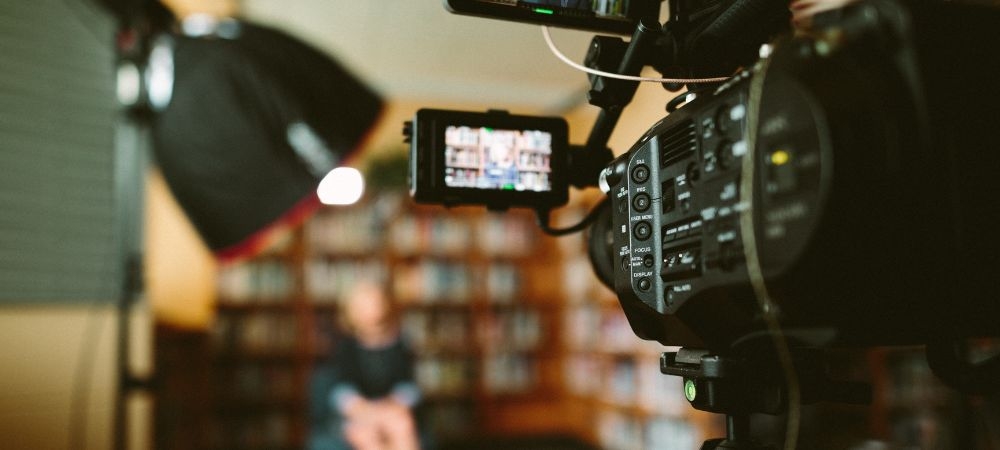

When it comes to capturing the magic of long exposure on film, there are a few pieces of essential equipment you just can't do without. Sure, some might say it's all about the camera, but that's only half the story! You'd be surprised at how much difference a few well-chosen tools can make in your photography journey.
Get access to additional details see listed here. First and foremost, let's talk about tripods. If you're thinking you don't need one, think again! A sturdy tripod is absolutely crucial for long exposures. Without it, you'll get shaky images that look more like abstract art than anything recognizable. And hey, no one wants that (unless you're into that sort of thing). Now, I'm not saying you need to break the bank here; even a moderately priced tripod will do wonders for stabilizing your shots.
Next up is something folks often overlook-cable releases or remote shutters. Trust me, pressing the shutter button with your finger introduces tiny movements that can ruin an otherwise perfect shot. With a cable release or remote shutter, you eliminate this risk entirely. It's such a small investment for such a big improvement!
Filters are another piece of gear that's easy to forget but super important. Neutral Density (ND) filters reduce the amount of light entering the lens without affecting colors much. This allows you to take longer exposures even in bright daylight conditions. Think of them as sunglasses for your camera-they're not just stylish; they're functional too!
Oh man, don't get me started on film stock choices! Different films react differently to long exposures and light conditions so experimenting is key here. Some films have reciprocity failure which means they don't respond linearly to extended exposure times-a fact that'll throw off your settings if you're not prepared.
Now I know what you're thinking: "Do I really need all this stuff?" Well yes and no! You might capture some decent shots without everything mentioned above but having these tools at your disposal makes things so much easier and increases your chances of getting those stunning photos we all dream about.
Lastly-and perhaps most importantly-is patience! No amount of fancy gear will compensate for a lack thereof when it comes to long-exposure photography on film. Sometimes you'll wait minutes or even hours just to get one shot right but oh boy when you nail it? There's nothing quite as satisfying.
So yeah-while there's plenty more specialized gear out there-the essentials boil down to these basics: a good tripod; cable release/remote shutter; ND filters; appropriate film stock; and loads of patience . Get these sorted before diving deeper into advanced territory because believe me once you've tasted success with long exposures using film-you'll be hooked!
In conclusion-it ain't rocket science-but having some essential equipment definitely helps elevate your game significantly . So go ahead , invest wisely –and happy shooting !
Choosing the Right Film Stock for Long Exposures: It's Not Rocket Science
When it comes to long exposure photography, picking the right film stock can feel like a daunting task. But hey, it's not rocket science! Let's dive into how you can make an informed choice without getting too bogged down in technical jargon.
First off, don't think that all film stocks are created equal. They're not. Some are better suited for low-light conditions and long exposures than others. For instance, films with lower ISO ratings tend to have finer grain and better detail resolution. They might be slower, but hey, patience is a virtue in long exposure photography anyway.
Now, one thing you absolutely can't ignore is reciprocity failure. I know, it sounds scary but trust me-it's just a fancy term for when your film doesn't behave as expected under prolonged exposure times. Most modern films handle this pretty well, but older or specialty films might throw you for a loop.
So what should you look out for? Well, color accuracy is something you'd want to consider if you're shooting in challenging light conditions like twilight or night-time cityscapes. Films like Fujifilm Provia 100F or Kodak Ektar 100 have strong reputations for maintaining color fidelity even during longer exposures.
But let's not forget about black-and-white options either! If monochrome's your thing-and why wouldn't it be?-Ilford Delta 100 and Kodak T-Max 100 are excellent choices. These films offer good contrast and minimal grain which can really make those long-exposure shots pop.
Another factor that's often overlooked is the ease of development; some films require more meticulous care than others when it comes to processing. If you're doing home development (props to you!), you'll wanna stick with something forgiving like Ilford HP5+.
And oh boy, don't get me started on availability! There's nothing worse than finding the perfect film stock only to realize it's out of production or impossible to find locally. So do yourself a favor and pick something that's readily available unless you're willing to go on a wild goose chase online.
Lastly-and this might sound trivial-but carrying around multiple types of film stock can be cumbersome if you're planning an extensive shoot session outdoors or traveling somewhere remote. So choose wisely!
In conclusion (whew!), while there's no one-size-fits-all solution here, understanding these key points will help steer you toward making the right decision for your specific needs in long exposure photography. Don't stress too much over it; after all, part of the joy in using film is embracing its unpredictability and quirks!
Happy shooting!
The world's most expensive photograph, "Rhein II" by Andreas Gursky, was cost $4.3 million in 2011.
The term "megapixel" was first utilized in 1984, explaining the variety of pixels in an photo, which is critical for figuring out photo top quality.
The longest photo adverse is 129 feet long and was developed making use of a scenic electronic camera on a moving train.
Ansel Adams, well-known for his black and white landscapes, utilized a strategy called the "Zone System" to establish ideal film exposure and readjust the comparison of the last print.
Alright, so you're eager to learn how to transform your photos and discover the art of shooting with film?. Well, let me tell ya, it's not gonna be as easy as snapping a pic on your smartphone.
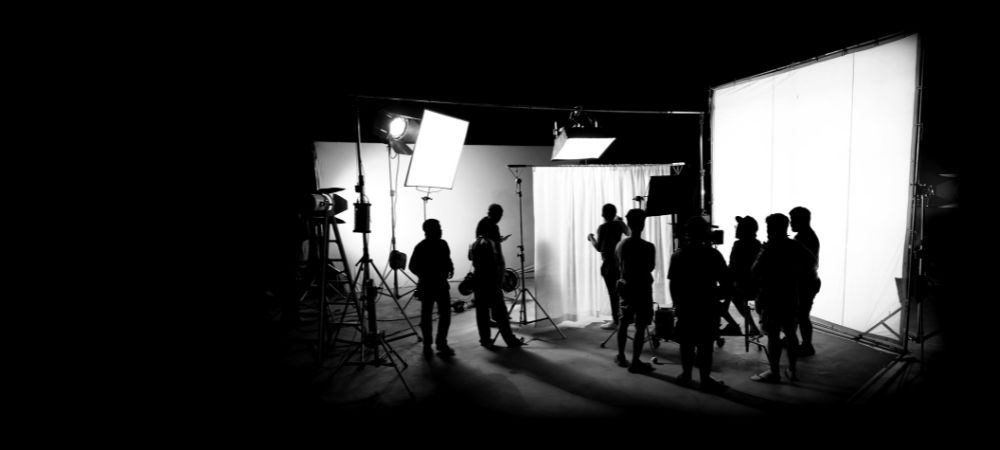
Posted by on 2024-06-28
The Resurgence of Film Photography in the Digital Age: Future Prospects and Sustainability in the Era of Digital Dominance
In an age where digital technology is king, it's kinda surprising to see film photography making a comeback.. It ain't what you’d expect when everyone’s carrying around high-tech smartphones capable of capturing perfect images at the touch of a button.
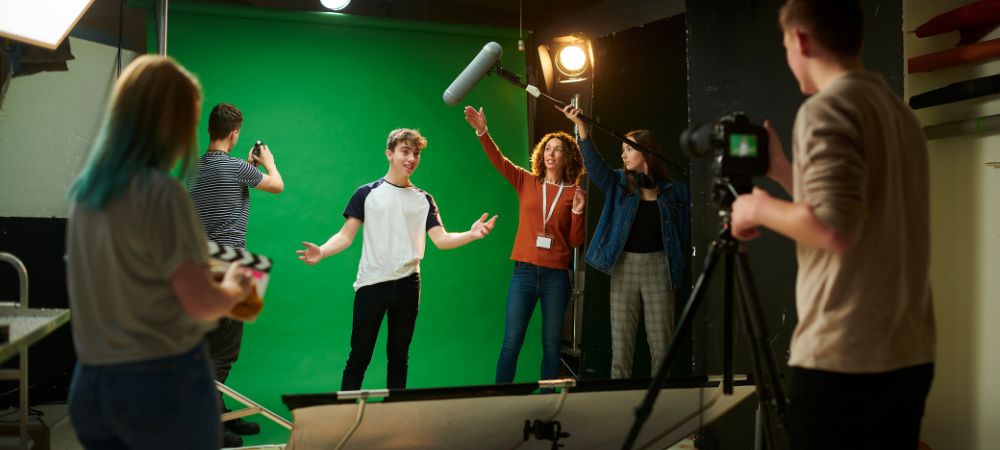
Posted by on 2024-06-28
Analyzing failed shots to improve skills is, believe it or not, one of the most crucial aspects for beginners in film photography.. It's kinda weird to think about it, but those mistakes you make are actually goldmines of learning opportunities!
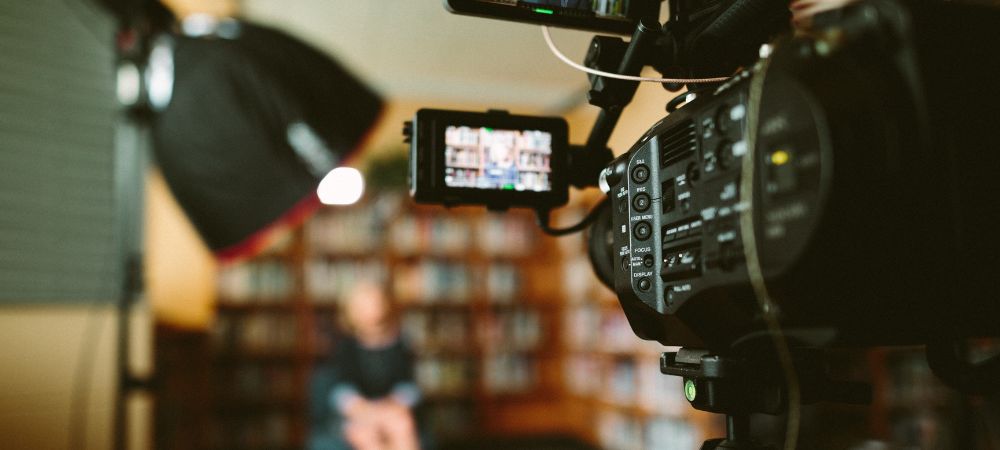
Posted by on 2024-06-28
When it comes to achieving perfect long exposures on film, there's no denying it requires a bit of patience and practice. But hey, don't let that scare you off! It ain't rocket science if you know some key techniques. In fact, with the right approach, you'll be capturing those breathtaking nightscapes or dreamy waterfalls in no time.
First off, let's talk about equipment. You can't-well, shouldn't-attempt long exposures without a sturdy tripod. Handheld shots just won't cut it; they'll end up blurry and disappointing. So invest in a good tripod that can hold your camera steady as a rock for prolonged periods. And while you're at it, get yourself a cable release or remote shutter release to avoid any shake when pressing the shutter button.
Now, onto the settings. Contrary to what some might think, you don't need fancy gear for this. Most film cameras will do just fine if they have Bulb mode (B). This setting lets you keep the shutter open as long as you want-as long as your finger's on the button or you've locked it down with your cable release.
Ah, but here's where things get interesting: calculating exposure times isn't straightforward like digital photography where you can see instant results and adjust accordingly. With film, it's more of an art mixed with a bit of science called reciprocity failure-or should I say reciprocity law failure? It's basically how film reacts differently over extended exposure times compared to short ones. So yeah, after about 1 second of exposure time, most films require longer-than-expected times to properly expose an image.
So how do ya deal with that? Well first off all choose your film wisely! Some films handle long exposures better than others; black and white films like Ilford Delta 100 or Kodak T-Max 100 are good choices because they have low reciprocity failure.
Once you've got your film loaded and framed your shot (use manual focus!), start by metering the scene with your camera's built-in meter or an external light meter set at ISO rating of your chosen film speed . Then apply compensation for reciprocity failure-there are charts available online for different types of films which tell ya exactly how much extra time is needed based on initial reading from light meter!
Don't forget filters either! Neutral density (ND) filters can help control light entering lens allowing longer exposures even during bright daylight conditions without overexposing image – think milky smooth water effects under midday sun!
Finally-and here's something not everyone tells ya-keep notes! Seriously jotting down details about each shot including location,time,date weather conditions etc., helps learn from successes & mistakes alike making future endeavors smoother sailing .
In conclusion nailing perfect long exposures doesn't happen overnight but armed with these tips plus willingness experiment ,you'll soon find own creative rhythm producing stunning images worth every ounce effort poured into them . Happy shooting !
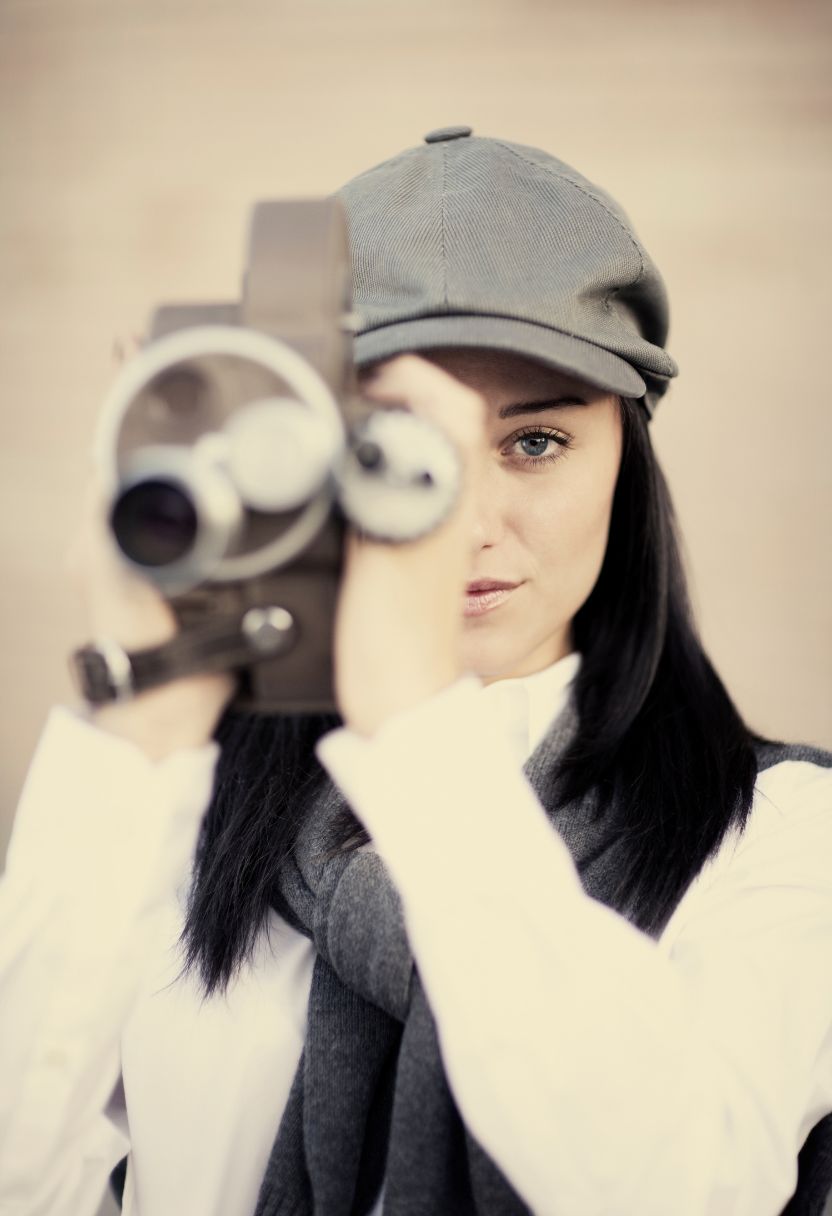
Long exposure photography on film, oh boy, it's got its fair share of challenges. But hey, who said the best things in life come easy? Nope! They're usually wrapped up in a bunch of hurdles. Let's dive into some common problems you might face and how to overcome 'em.
First off, light leaks are the nemesis of many a photographer. It's like your camera's just whispering secrets it shouldn't be telling. The fix? Well, it ain't rocket science but it does require some diligence. Make sure you're using a camera that's in good condition with seals intact. Those little foam strips around the door? Yeah, they're not for decoration; they keep unwanted light out. If they're worn out or missing, replace them pronto.
Next up is reciprocity failure. Oh man, this one catches folks off guard all the time! Film isn't linear like digital sensors; it doesn't always respond to low light as you'd expect. When you're shooting long exposures, especially over a few seconds or minutes (gasp), your film needs more exposure time than what's metered. Not compensating for reciprocity failure can leave you with underexposed images that'll make you wanna tear your hair out.
To tackle this beast, consult your film's data sheet – most manufacturers provide guidance on how much extra exposure is needed for various lengths of time. And don't forget to jot down notes – trust me you'll thank yourself later when you're trying to remember what worked last time.
Another tricky bit? Keeping that camera still as stone during long exposures! Tripods are non-negotiable here unless you've got superhuman steadiness (and let's face it – none of us do). Even pressing the shutter button can introduce shake so invest in a cable release or use your camera's timer mode if available.
Oh jeez – don't get me started on focusing issues at night or in dim conditions! Autofocus often goes kaput and manual focusing isn't exactly a walk in the park either especially when everything looks like blobs through the viewfinder. A trick I swear by: pre-focus during daylight hours if possible and mark your lens' focus ring with tape so you know where infinity lies when darkness falls.
And let's not ignore weather conditions - wind becomes public enemy number one real quick since even slight gusts can ruin sharpness during long exposures. Shielding your setup with bags or jackets helps but sometimes patience is key until Mother Nature decides to play nice again!
Finally developing errors cannot be overlooked; after all those efforts capturing perfect shots only for them get botched in development stage would be heartbreaking right?! Ensuring consistent temperatures throughout processing stages helps avoid nasty surprises like uneven development marks ruining beautiful gradients achieved from smooth long-exposure captures.
So there ya have it! Long exposure on film isn't without its quirks but overcoming these challenges makes success taste that much sweeter doesn't it? Embrace those imperfections because they're part n' parcel of learning curve making each capture uniquely yours despite initial hiccups along way!
Happy shooting & may light always favor ya endeavors ahead!
Long exposure in film photography ain't just about leaving the shutter open for a long time. It's really an art form that allows photographers to capture something unique, something you'd never see with just your eyes. You might think it's all about nighttime shots or those cool light trails from cars, but there's so much more you can do with it.
First off, let's talk about motion blur. Whereas digital cameras have made it easier for everyone to experiment with long exposures, film offers a charm that's hard to replicate. When the subject is moving and the background stays still, you get this wonderful contrast between sharpness and blur that can make even mundane scenes look extraordinary. You don't need fancy equipment; just a bit of patience and maybe some trial and error.
Then there's the technique called "light painting." Oh boy, if you haven't tried it yet, you're missing out! This involves using a handheld light source to ‘paint' over your scene while your camera's shutter is open. On film, this creates otherworldly effects that seem almost magical because they can't be perfectly controlled like digital ones can be. The unpredictability makes each shot special and sometimes surprising.
Reflections also come alive in long exposure photography on film. Imagine capturing the reflection of city lights on water over several minutes – it's like turning reality into a dreamy landscape where everything glows softly. Since film has its own unique color palette depending on what type you're using (like Fuji Velvia or Kodak Portra), these reflections often end up looking surreal in ways digital simply can't mimic without lots of post-processing.
Astrophotography is another area where long exposure shines – literally! Capturing stars' movement across the sky creates star trails that circle around the North Star or stretch across as lines if you're pointing somewhere else in the sky. Film's sensitivity to different colors of light means you'll often end up with richer hues than you'd expect.
But hey, not everything needs to be grandiose landscapes or cosmic phenomena. Long exposure on film can bring out details in everyday life too, like people walking through city streets appearing as ghostly figures or capturing slow-moving clouds creating dramatic skies over simple settings.
Now here's something you might not think of: combining multiple exposures within one frame during long exposure times. You could overlay different scenes onto each other directly on the same piece of film which leads to fascinating compositions that break all conventional rules – and isn't breaking rules what creativity's all about?
So yeah, don't think long exposure techniques are limited by any means when it comes to film photography. There's room for wild experimentation which leads us down paths we hadn't considered before – and honestly? That's half the fun!
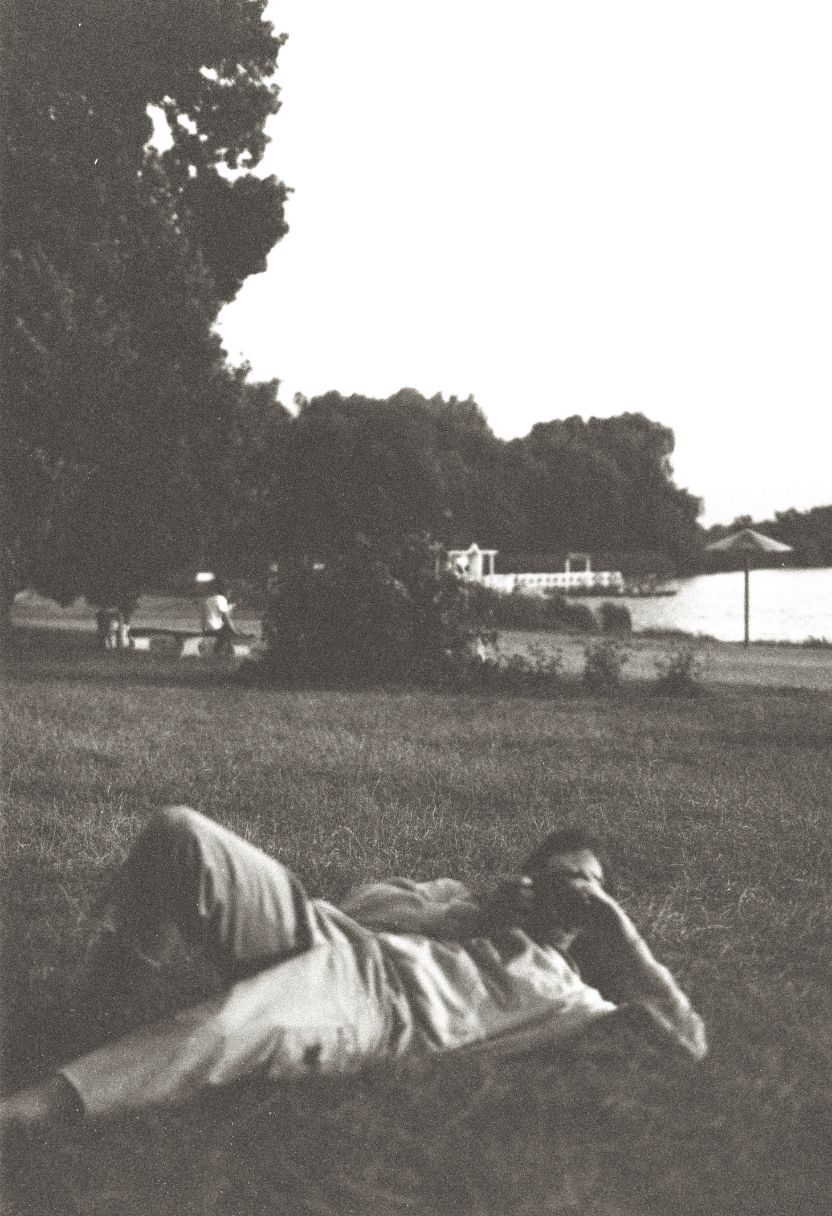
Taking long exposure shots on film can be really thrilling, right? There's just something magical about capturing the passage of time in one single frame. But let's face it, nailing that perfect shot is just half the battle. The real fun begins when you're back in your darkroom, working on post-processing those beauties. Here's a few tips to help you polish up your long exposure film shots.
First off, don't forget to check for any dust or scratches on your negatives before you start scanning or printing them. A tiny speck of dust can turn into a giant distraction once it's enlarged. I know it's tedious but trust me, you'll thank yourself later! Use an anti-static cloth or blower brush to gently clean your negatives.
Now let's talk about contrast and brightness adjustments. Long exposures often have a dreamy quality with soft edges and subtle details that can sometimes get lost if not handled properly. When you're adjusting contrast, less is more! You don't wanna crank it up too high and lose all those delicate gradients you've worked so hard to capture.
Oh, and color correction – don't overlook this step! Due to the prolonged exposure times, colors can sometimes shift in unexpected ways. It's usually not drastic but fixing these shifts will make your photos look more natural and appealing. Remember though, you're aiming for what feels right rather than what's technically correct.
Next tip: cropping and framing. Don't be afraid to crop out parts of the image that don't add anything valuable. Focus on what enhances the overall composition and mood of your picture. Sometimes less really is more!
And hey, if you've got some light leaks or other imperfections from the long exposure process itself-embrace them! Those quirks are part of what makes shooting with film so unique compared to digital photography.
Lastly-and this might sound counterintuitive-don't overdo it with sharpening tools during post-processing either; it's easy to go overboard which can result in unnatural looking images that lose their charm.
In conclusion (wow we're already here!), post-processing isn't about making radical changes but enhancing what you've already captured beautifully through careful consideration during each step of development & editing stages alike – take pride in knowing every detail counts towards creating timeless pieces worth cherishing forevermore!
So there ya have it - happy developing folks!!